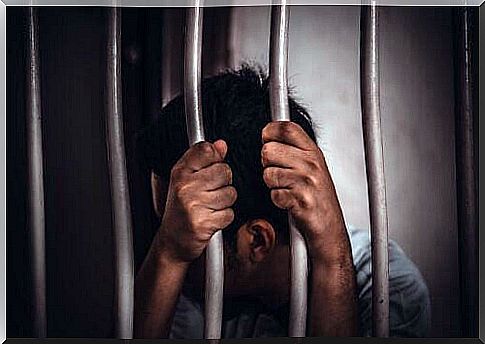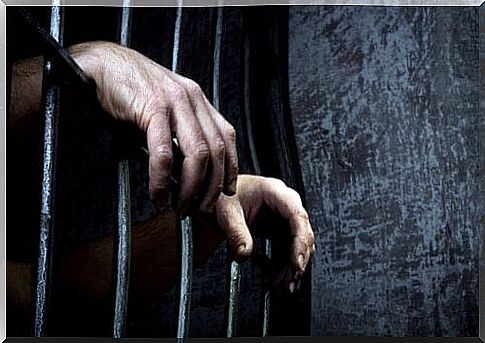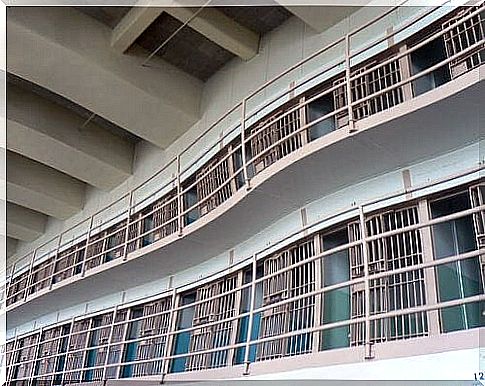Education In Prisons: Models And Benefits

There is an ongoing debate about whether training in closed environments such as prisons is effective. Is it a form of utopia? Will the students notice results? There are many opinions about education in prisons, and there is actually a branch of social education called social prison education that can provide more insight into these issues.
Scarfó (2002) explains that education is the basis of the citizen’s identity. “ He who does not receive or use this right loses the opportunity to belong to society. He can not properly participate or become a true citizen who exercises his rights and fulfills his duties for the benefit of a developing society. “
From these ideas arose the resolution on education in prisons. It was a product of the Fifth World Congress on Education (Berlin, Germany, July 2007). This resolution explains the need to include social education in prisons.
Education in prisons is not just a challenge. It is a right and a deontological principle that should strive to increase the self-reliance of every prisoner, despite their confinement. (2)

Prison education and its theories
Let us take a closer look at some of the different theories regarding education in prisons in order to better understand this particular branch of social education.
Psychopathological theories
This type of theory interprets the criminal acts through the individual psychopathological and biological factors. They have been very relevant throughout the history of crime and prison care. Authors like Eysenck are good examples of these models. (1)
It is also important to mention that within the social psychological school of thought there are other authors with ideas that do not only consider individual personality factors. (3.4)
Sociological theories
These types of theories are related to multidimensional and structural factors. Therefore, they are based on the idea that systems and social, educational, cultural or family conditions influence criminal etiology. (1) Some examples of this are the theory of unequal opportunities and the theory of social deviation.
Socio-pedagogical theories
Professor Miguel Melendro explains that over the past century we have developed perspectives and models that enrich and significantly improve the socio-pedagogical intervention methods for disadvantaged populations.
Thus, here are some of the scientific disciplines that played a role in the design of socio-pedagogical models for education in prisons:
- Behaviorist approaches
- Dynamic perspectives
- Constructivism
- Systematic family therapy
- Competence model
- Popular education
Socio-educational programs in prisons
According to Garrido and Gómez (1195), education in prison has traditionally followed scientific-technical models (within the medical framework of the behavioral tradition that seeks adaptation of the subject and is presented with a positivist pedagogy).
Classical educational models in prisons try to get students to reproduce certain social structures without taking into account contextual or socio-cultural variables. (1)
The programs that prisons use the most are usually corrective. They are often based on behavioral models of reinforcement or punishment. Those who use these models tend to think that they are the best options. These models can also be divided into four groups:
- The psychological and psychoanalytic model.
- The biological behavior model.
- The circumstance model.
- The humanist model.
There are also more human and updated models. They are as follows:
Participating model
In the participatory model , socio-pedagogical rehabilitation in prisons should include the entire prison community, but above all the prisoners.
Consequently, the idea is that everyone carries out the process together and that the prisoners voluntarily undertake the rehabilitation process. (1.9)
The independence model
These are individualized as well as group education models. (10)
Gender empowerment model
These can have double-edged approaches. The first is to help inmates overcome the socio-cultural and structural criminalization of women with criminal backgrounds (11, 12). The second is to develop equality between men and women in the prison environment (13, 14).
Knowledge and pedagogical action models
The crucial aspect of these models is a collective consensus on the work that inmates do in prison. It also emphasizes the inmates’ enjoyment of what they do, and the educational relationship between inmates and teachers (1).

Liberation models
These models believe that readmission renews prison intervention at the professional and structural levels. Therefore, the challenge is to convert prison facilities and concepts into opportunities for freedom.
As you can see, there are many different alternatives to alternative models regarding education in prison. However, it still seems as if the behavioral and individual models still govern today. Do you think it is possible to develop any of these models in the near future?









